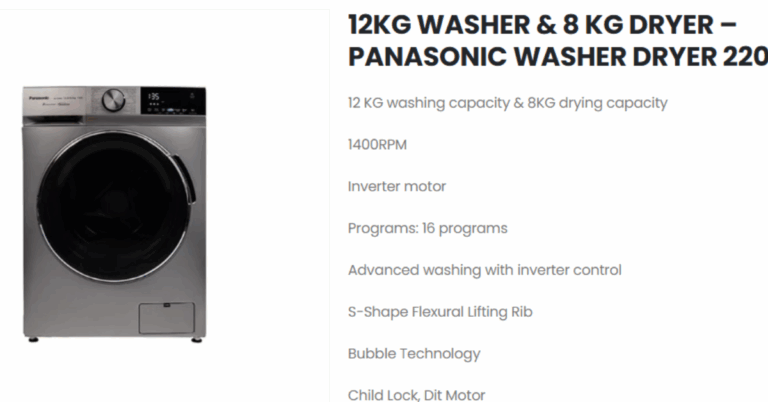Understanding K-12 CRM: A Game-Changer for Educational Institutions
In the evolving world of education, schools are facing increasing pressure to manage student recruitment, communication, and engagement with greater precision and efficiency. Just like any business, educational institutions need tools to manage their relationships with potential students and parents. This is where a K 12 CRM (Customer Relationship Management) system becomes invaluable.
What is a K-12 CRM?
K-12 CRM is a specialized Customer Relationship Management software designed to meet the unique needs of schools, academies, and other institutions catering to kindergarten through 12th-grade education. Unlike generic CRM systems that are built for sales or enterprise environments, a K-12 CRM focuses on managing relationships with students, parents, alumni, and prospective families.
It helps schools organize their data, automate admissions workflows, track interactions, analyze marketing campaigns, and ultimately, improve communication and engagement across the student lifecycle.
Why Do Schools Need a CRM?
Schools today function in a competitive environment. Whether it’s private institutions vying for enrollment or public schools striving for parent engagement and operational excellence, managing relationships effectively is key to success.
Traditional methods such as spreadsheets, email trails, and manual tracking simply can’t keep up with the pace and complexity of modern education. Here are some core reasons why schools benefit from adopting a CRM tailored to the K-12 environment:
-
Efficient Enrollment Management: A CRM can streamline the entire admissions funnel—from inquiry to application to enrollment.
-
Improved Communication: Automated email and SMS tools ensure timely updates to parents and prospects.
-
Data Centralization: All interactions, forms, and records are stored in one place, making retrieval and analysis seamless.
-
Better Decision Making: With dashboards and analytics, administrators can make informed decisions about outreach strategies and resource allocation.
Key Features of an Effective K-12 CRM
Not all CRM tools are created equal, especially when it comes to K-12 education. A powerful K-12 CRM, like the one offered by leading providers in the industry, comes equipped with features specifically designed for schools. These include:
1. Unified Lead Capture
A K-12 CRM should be able to capture leads from various channels—website inquiries, social media, email campaigns, walk-ins, and referrals—and automatically populate them into the system. This eliminates data entry errors and ensures no prospect is lost in the process.
2. Automated Lead Scoring and Segmentation
Not all inquiries have the same level of intent. A smart CRM uses behavioral tracking and engagement history to score leads and segment them accordingly. This allows schools to prioritize high-quality leads and personalize follow-ups.
3. Multi-Channel Communication
A modern K-12 CRM provides integrated communication tools—email, SMS, and even WhatsApp—allowing schools to stay connected with prospective students and parents across platforms. Timely communication increases engagement and reduces drop-off rates.
4. Workflow Automation
From scheduling campus tours to sending reminders for document submissions, automation reduces manual tasks and boosts team productivity. Customized workflows ensure each inquiry follows a consistent, optimized journey from first contact to enrollment.
5. Real-Time Dashboards and Reports
Administrators can access key metrics such as inquiry-to-application conversion rates, campaign ROI, and counselor performance through real-time dashboards. This visibility allows for data-driven decision-making.
6. Personalized Engagement
CRMs designed for K-12 allow schools to personalize communication based on a lead’s interests, previous touchpoints, and demographic data. This helps create meaningful, trust-based relationships with prospective families.
7. Integration with Existing Systems
Many schools already use tools for email, payment, learning management, or accounting. A good CRM should integrate seamlessly with these systems to provide a unified view of each student or parent interaction.
How a K-12 CRM Transforms the Admissions Journey
The admissions process in K-12 institutions involves multiple stages, stakeholders, and channels. A robust CRM optimizes every step of this journey:
-
Inquiry Capture: Automated forms and chatbots ensure round-the-clock inquiry collection.
-
Lead Nurturing: Through targeted drip campaigns, newsletters, and reminders, prospects are kept engaged until they’re ready to apply.
-
Application Management: Integrated application portals allow students to submit documents and complete forms online.
-
Follow-ups and Scheduling: The CRM automatically assigns leads to counselors and schedules interviews, tours, or calls based on availability.
-
Enrollment: Once a student confirms interest, the system can automate payment reminders, send welcome kits, and onboard students digitally.
This end-to-end automation ensures no prospective student is overlooked, while admissions counselors can focus on building meaningful relationships instead of being bogged down by administrative work.
Use Case: Streamlining Parent Engagement
In addition to improving recruitment, a K-12 CRM also enhances ongoing parent communication. Once a student is enrolled, the CRM can continue to track engagement, send newsletters, share performance updates, and gather feedback. This fosters a more transparent and engaged school community.
For example, schools can automate report card dispatches, PTA meeting reminders, or event invitations. The CRM ensures the right message reaches the right parent at the right time, enhancing satisfaction and trust.
Key Benefits of Implementing a K-12 CRM
Let’s take a quick look at the top benefits that schools gain by implementing a dedicated CRM system:
-
Increased Enrollment: By improving inquiry management and follow-ups, schools can boost their conversion rates.
-
Time Savings: Automation reduces repetitive tasks, freeing up staff time for more strategic work.
-
Better Lead Visibility: Real-time tracking and lead scoring improve response times and engagement.
-
Higher Parent Satisfaction: Timely and personalized communication enhances the overall parent experience.
-
Data-Driven Insights: Schools can refine their marketing and outreach strategies based on real performance data.
-
Team Collaboration: Centralized data allows admissions, marketing, and academic teams to work more cohesively.
What to Look for When Choosing a K-12 CRM
When selecting a CRM for your school, consider the following criteria:
-
Ease of Use: The system should be user-friendly and require minimal training.
-
Customization: Look for flexibility in workflows, forms, and templates.
-
Scalability: The CRM should grow with your institution and support multiple campuses if needed.
-
Security: Ensure the platform complies with student data protection regulations and offers robust privacy features.
-
Support and Training: Reliable customer support and onboarding assistance are essential for smooth implementation.
Final Thoughts
A K-12 CRM is more than just a software tool—it’s a strategic investment in your school’s future. From improving enrollment outcomes to building lasting relationships with families, the right CRM empowers educational institutions to operate with the efficiency and personalization that today’s parents expect.
In a world where data and communication drive decisions, schools that leverage purpose-built CRM systems will stand out, increase their impact, and deliver a more connected, consistent, and engaging experience for every student and parent.
Now more than ever, it’s time for schools to think beyond traditional methods and embrace technology that truly supports their mission. A robust K-12 CRM is the first step in that transformation.







